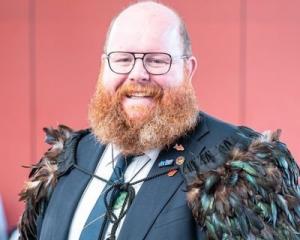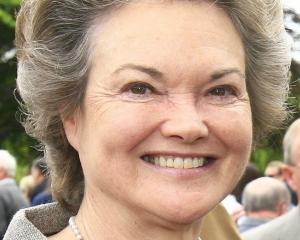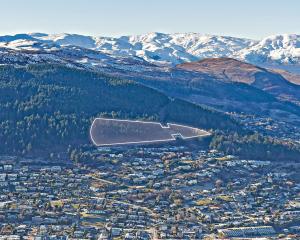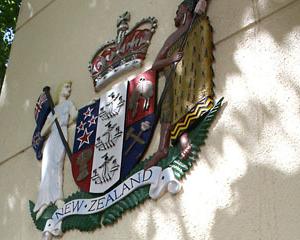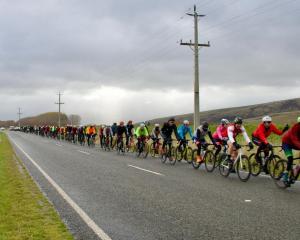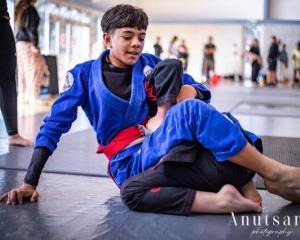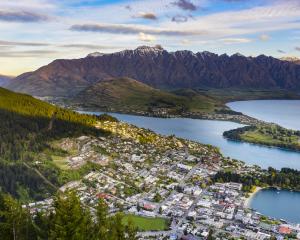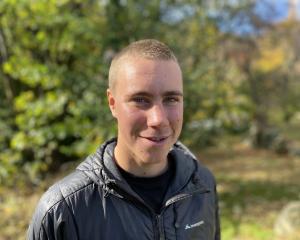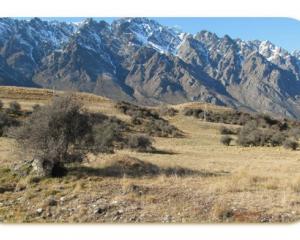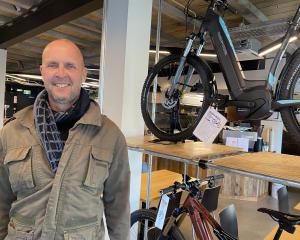Twenty-one grand and Otago skinks have been born in captivity since a recent large-scale collection of the endangered lizards near Wanaka.
Ongoing decline in skink populations prompted the Department of Conservation (Doc) and several other agencies to collect 85 of the animals from their Grandview Range habitat in the Lindis in February.
The skinks are being housed temporarily at zoos, wildlife parks and ecosanctuaries throughout New Zealand as part of a breed-for-release programme.
Doc's Grand and Otago Skink Project manager Gavin Udy said the project was a great example of agencies and individuals working together to ensure the survival of an ''iconic, unique and endangered New Zealand species''.
The Grand and Otago Skink Project looks after two groups of the animals.
The eastern group, near Macraes Flat, is increasing because it is protected by Doc's predator-proof enclosure and extensive trapping.
However, Doc cannot at present protect the western group, in the Grandview Range habitat, so the 21 juveniles will be released into a predator-proof sanctuary near Alexandra.
''All of those animals are ... slowly working through the quarantine procedure and going out to their final destinations,'' Mr Udy said.
Queenstown's Kiwi Birdlife Park is playing a key role in the project by housing the juvenile skinks before their release.
At the end of the breed-for-release programme in about five years, the adult skinks will also be released to the Alexandra sanctuary.
Others involved in the project include: Auckland and Wellington zoos, the Isaac Conservation and Wildlife Trust, the New Zealand Herpetological Society, the Zoo Aquarium Association, the Central Otago Ecological Trust, Orokonui Ecosanctuary, the University of Otago and Air New Zealand.
Doc also thanked adjoining landowners and iwi for their support.

